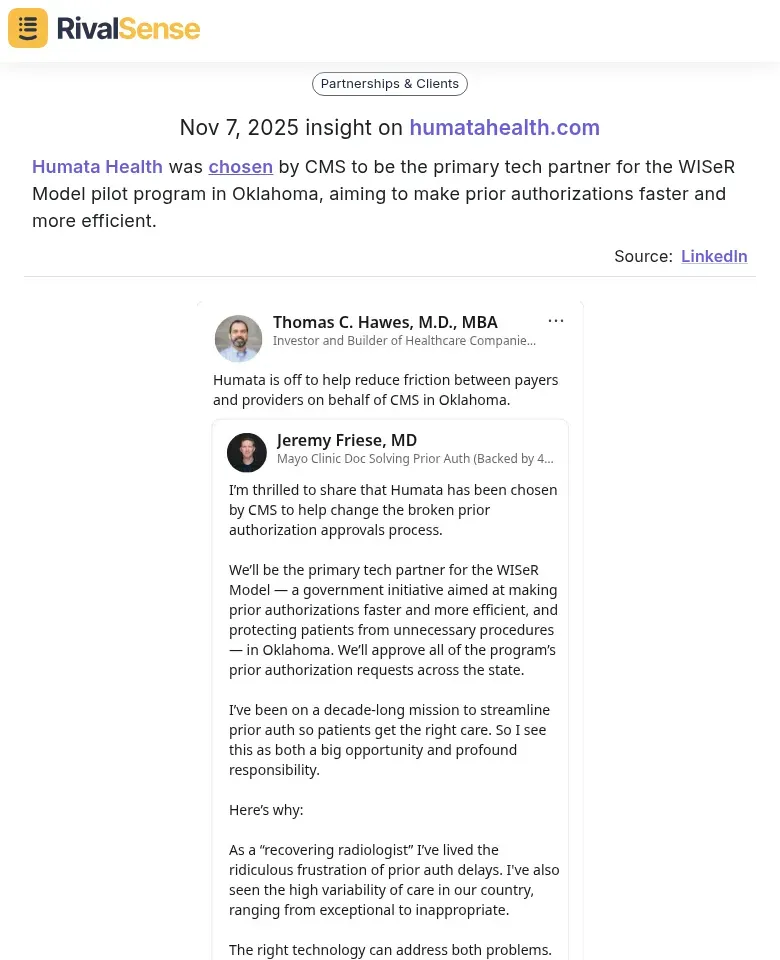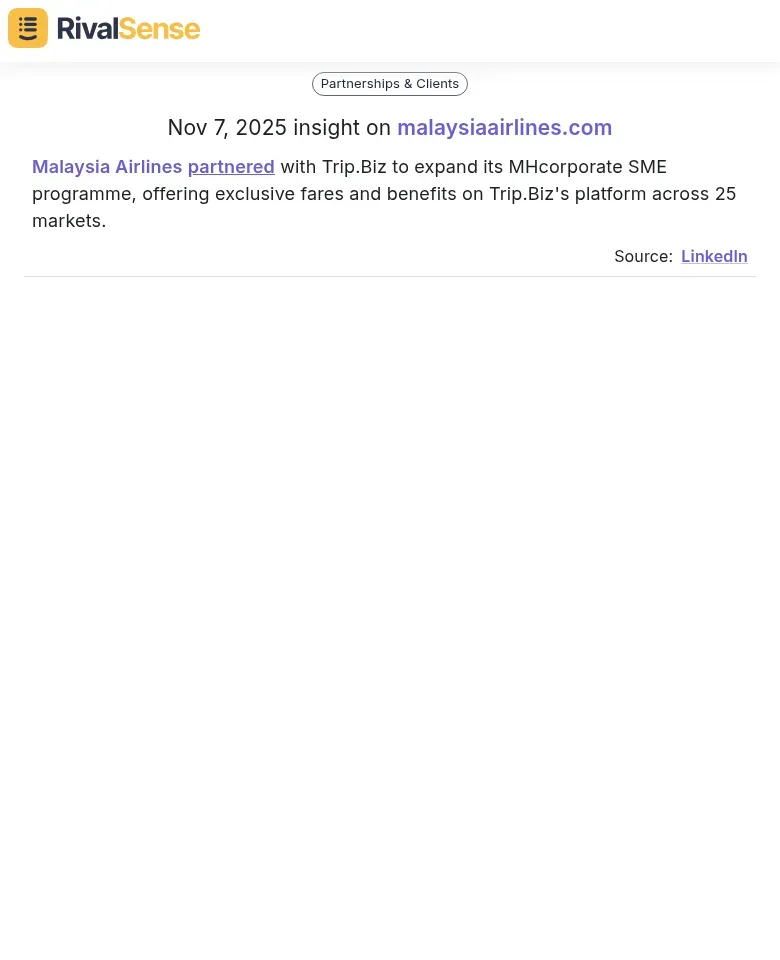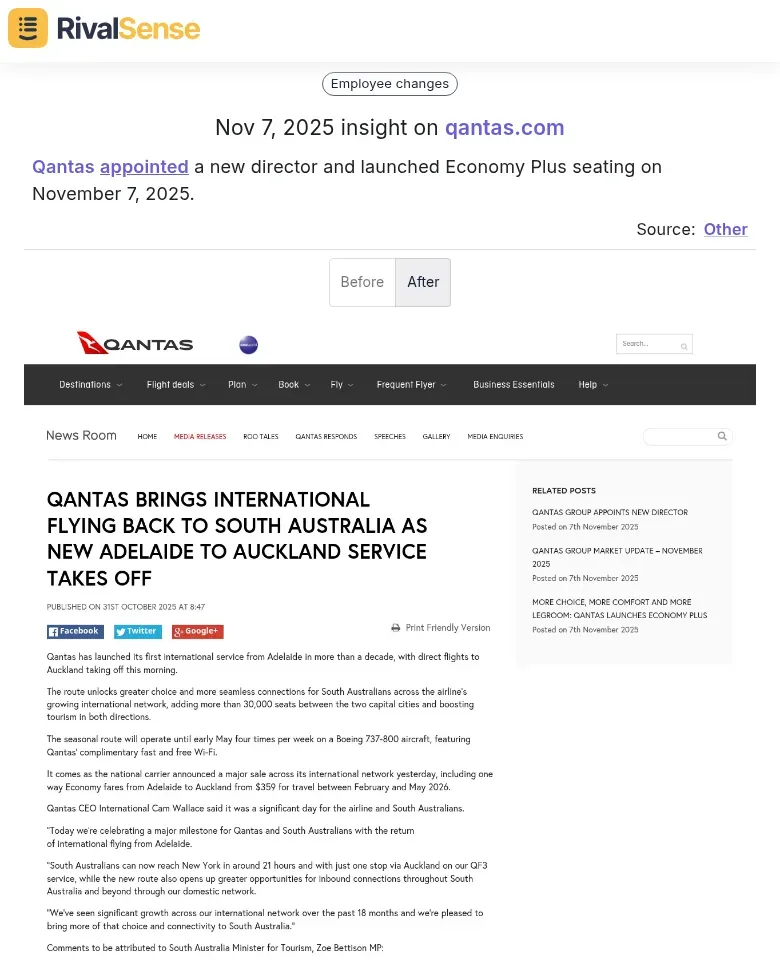Predictive Analysis in Influencer Marketing: Track Key Account Documents for Better ROI
Predictive analytics is revolutionizing how businesses approach influencer marketing by shifting from reactive to proactive strategies. By forecasting campaign outcomes through data analysis, you can make smarter, data-driven decisions that enhance ROI. Tracking key account documents—such as contracts, performance reports, and content calendars—provides visibility into partnership patterns and potential risks, enabling you to anticipate performance, optimize influencer selection, and allocate budgets effectively. 📈 Companies using predictive analysis report up to 30% higher ROI on influencer partnerships due to improved predictability and reduced wasted spend.
🛠️ Practical steps to get started:
- Centralize all influencer contracts and performance data in a single platform.
- Analyze historical campaign documents to identify success patterns.
- Use predictive models to forecast engagement rates before signing new influencers.
- Monitor contract compliance to prevent costly deviations.
Begin by auditing your current document tracking processes and implementing basic predictive metrics like engagement forecasting.
Essential Key Account Documents for Influencer Campaigns
Maintaining comprehensive key account documents is crucial for smooth influencer campaigns and risk mitigation. Proper documentation enhances accountability, drives campaign success, and ensures legal compliance. First, core contracts must clearly define the scope of work (e.g., deliverables, timelines), compensation (fixed fees, bonuses, or commission structures), and intellectual property rights—specifying content ownership post-campaign to avoid disputes. Second, compliance documents are non-negotiable: include FTC disclosure templates for transparency, adhere to platform-specific guidelines (like Instagram's branded content policies), and consult legal requirements such as data privacy laws (e.g., GDPR). Third, performance tracking documents should outline KPIs (e.g., engagement rates, conversions), reporting schedules (weekly or monthly updates), and success metrics tied to business goals.
✅ Checklist for document management:
- [ ] Use checklists to verify all contract elements are covered.
- [ ] Automate disclosure reminders for influencers.
- [ ] Set up dashboards for real-time KPI monitoring.
This structured approach ensures campaigns are well-managed and aligned with objectives, reducing errors and maximizing impact.
Predictive Analytics Techniques for Document Tracking
Predictive analytics brings a proactive edge to document tracking in influencer marketing, minimizing risks and optimizing ROI through advanced data techniques. By leveraging AI and machine learning, you can transform raw data into actionable insights for better decision-making. AI-powered contract analysis scans agreements for compliance risks, flagging non-standard clauses or missing deliverables before campaigns launch. Machine learning algorithms analyze historical performance data to predict contract outcomes—identifying influencers who consistently meet engagement targets versus those likely to underperform. Automated tracking systems monitor real-time document updates, triggering alerts for missed deadlines or scope changes.
🔧 Practical steps to implement techniques:
- Implement AI tools that parse contract terms and assign risk scores.
- Train ML models on past campaign data to forecast influencer performance.
- Set up automated alerts for document modifications or compliance breaches.
- Use predictive insights to adjust campaign budgets and timelines dynamically.
- Regularly update algorithms with new performance metrics for improved accuracy.
This data-driven approach ensures influencer partnerships are based on solid predictions, enhancing campaign reliability and effectiveness.
Implementing Predictive Document Tracking Systems
Implementing a predictive document tracking system requires strategic tool selection, seamless integration, and effective team training to maximize its benefits. Start by choosing platforms that combine document management with AI-powered analytics—look for features like automated keyword extraction, sentiment analysis, and trend forecasting. Tools such as Notion or specialized influencer platforms with predictive capabilities can centralize contracts, briefs, and performance reports. Next, integrate these systems into your existing workflows by connecting them to CRM or influencer databases via APIs. Automate data ingestion from signed agreements and campaign briefs to feed predictive models. Finally, train your team to interpret insights: create workshops on reading predictive dashboards, identifying red flags (e.g., declining engagement trends in contracts), and acting on forecasts.
📋 Rollout checklist:
- [ ] Audit current documents and processes.
- [ ] Pilot the system with a small group of influencers.
- [ ] Scale based on initial success and feedback.
- [ ] Regularly update models with new data to maintain accuracy.
Tip: Ensure tools are user-friendly and integrate well with your tech stack to foster adoption and efficiency.
Measuring ROI and Campaign Success Through Predictive Tracking
Predictive document tracking directly impacts influencer marketing ROI by linking contract compliance to performance metrics, enabling data-driven optimization. By analyzing historical data, you can correlate document completion rates with engagement, conversions, and revenue—for example, campaigns with fully signed agreements often achieve 20% higher ROI. Use these insights to predict outcomes for future deals, optimizing contract terms like payment schedules or exclusivity clauses based on projected performance. Quantify the financial impact: if predictive tracking reduces compliance delays by 15%, calculate the saved costs and increased earnings to justify investments.
💡 Actionable steps for measurement:
- Audit past campaigns for document adherence and results.
- Implement tracking tools to monitor real-time compliance.
- Adjust negotiation strategies using predictive models to favor high-performing terms.
This approach ensures campaigns are not only compliant but consistently profitable, turning data into a competitive advantage.
Future Trends: AI and Automation in Influencer Document Management
The future of influencer document management is being reshaped by AI and automation, offering unprecedented efficiency and accuracy in handling agreements and compliance. Emerging technologies enable automated contract generation, analyzing influencer performance data to draft tailored agreements with optimal terms, while flagging potential issues before signing. Predictive compliance monitoring uses machine learning to track evolving regulatory requirements across regions, alerting brands to updates in disclosure guidelines or data privacy laws. Blockchain and smart contracts are revolutionizing agreement automation by executing payments automatically when influencers meet predefined KPIs, ensuring immutable audit trails for all changes.
🚀 Steps to adopt future-ready technologies:
- Start with AI-powered contract templates for common influencer tiers.
- Implement compliance dashboards that track regulatory changes in real-time.
- Pilot smart contracts with top-performing influencers to test automated payment systems.
- Ensure all automated systems include human oversight for complex negotiations.
- Regularly audit AI recommendations against current legal standards.
By embracing these trends, you can future-proof your strategies, reduce manual effort, and stay compliant in a dynamic landscape.
Leveraging Competitor Insights for Strategic Advantage
Just as tracking your own documents provides predictive insights, monitoring competitor activities can reveal valuable strategic opportunities that inform your business decisions. Tools like RivalSense track competitor product launches, pricing updates, event participations, partnerships, regulatory aspects, management changes, and media mentions, delivering consolidated weekly reports. Here are real-world examples from RivalSense and why they matter for your strategy:
-
Humata Health Partnership with CMS:

Humata Health was chosen by CMS to be the primary tech partner for the WISeR Model pilot program in Oklahoma, aiming to make prior authorizations faster and more efficient. This type of insight is valuable because it highlights how regulatory partnerships can drive operational efficiencies and open new markets, helping you identify similar opportunities or anticipate competitive moves in your industry. -
Malaysia Airlines and Trip.Biz Partnership:

Malaysia Airlines partnered with Trip.Biz to expand its MHcorporate SME programme, offering exclusive fares and benefits on Trip.Biz's platform across 25 markets. Tracking such partnerships can inform your own collaboration strategies, revealing how alliances can expand reach, enhance customer value, and uncover growth avenues you might have missed. -
Qantas Management Change and Product Launch:

Qantas appointed a new director and launched Economy Plus seating on November 7, 2025. Insights into management changes and product launches help you anticipate shifts in competitive positioning and innovation, allowing you to adjust your strategies proactively and stay ahead in the market.
By incorporating competitor tracking into your workflow, you can gain a holistic view of the landscape, spot trends early, and make informed decisions that boost your competitive edge.
Ready to enhance your strategic insights? Try out RivalSense for free and get your first competitor report today to start leveraging these valuable insights for your business growth.
📚 Read more
👉 How GE Vernova's DERMS Partnership Drives Grid Optimization Success
👉 Master Key Account Management with Actionable Facebook Competitor Insights
👉 5 Quick Airline Key Account Management Hacks for Growth
👉 Boost Productivity: Track Competitor Events for Brand Perception Insights
👉 Leveraging Competitor Personnel Changes for Strategic Advantage
